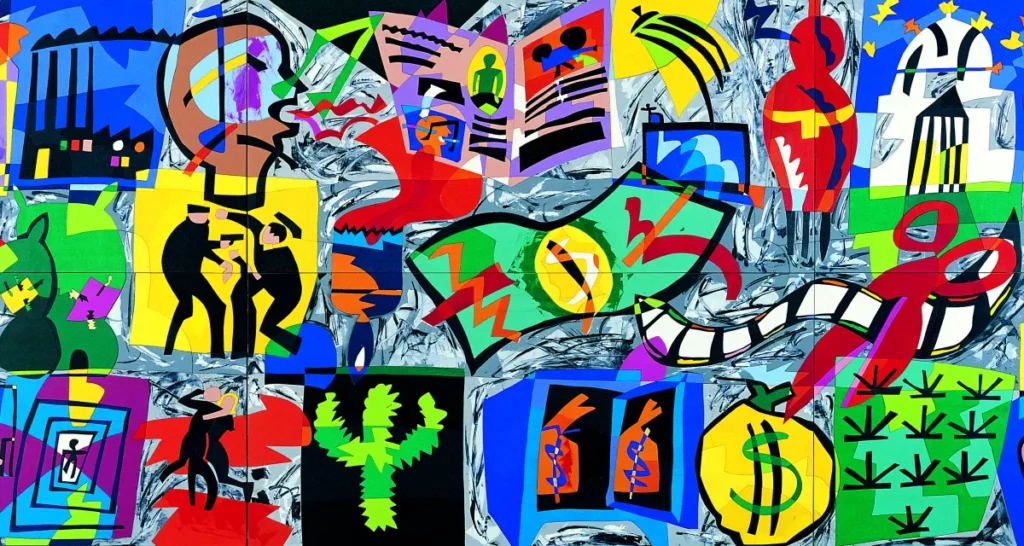from Fabiana Maiorano.
Not only paintings, but also a lot of cinema, literature, philosophy, music, television and advertising. A continuous research that of Ugo Nespoloclass of ’41, one of the most important names in the Italian art scene, president of the National Cinema Museum of Turinfamous for his playful works and experimental films.
He creates sets for operas and videos for television, has traveled the world working on exhibitions and recitals, collaborates with publishing houses and his production includes paintings, sculptures, films, advertising posters, theatrical sets and costumes.
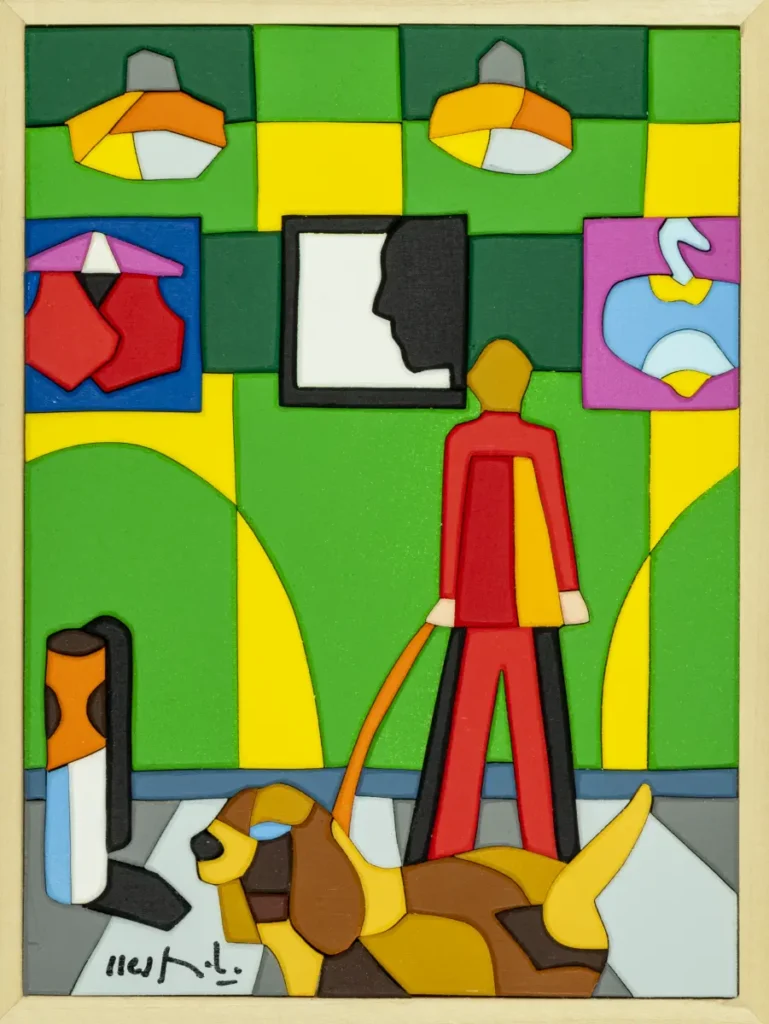
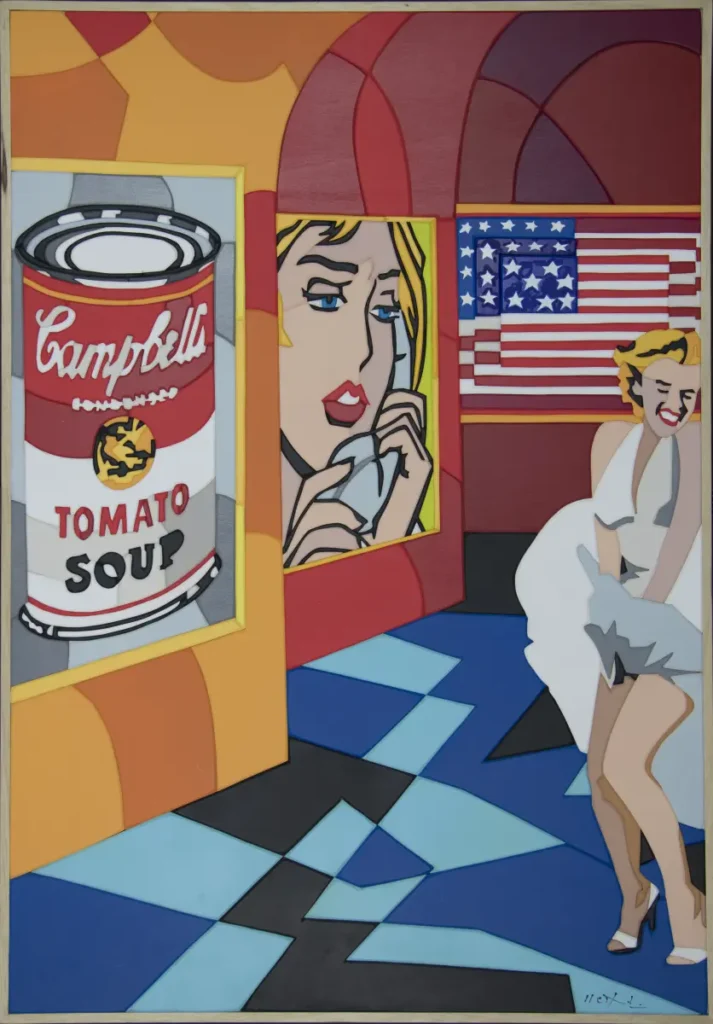
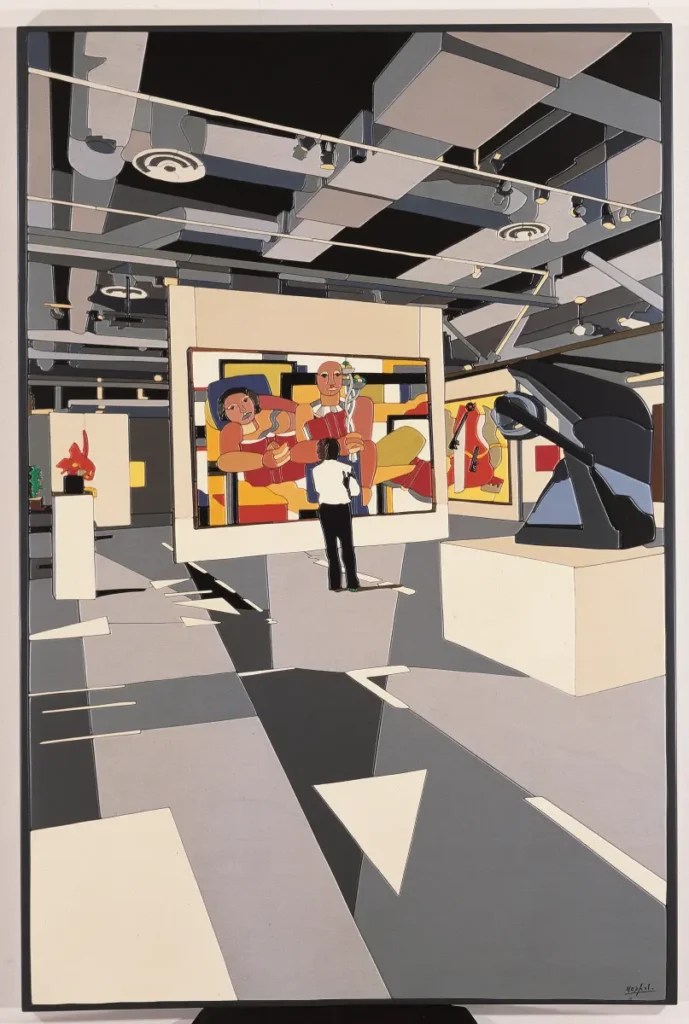
A multifaceted researcher, Nespolo’s fame is mainly linked to the use of different techniques combined with unusual materials, an aspect that underlines a refined intellectual eclecticismmore than rare among today’s artists and well appreciated by contemporary critics.
When we talk about Ugo Nespolo – I would like to clarify – we must strip the term “art” of its nature linked to traditional visual arts and approach its most sublime meaning that identifies it as an aesthetic multi-language of the interiority of the human soul. And Nespolo’s soul is an active artistic volcano where ideas and thoughts, research and experimentation boil; it uses all the means at its disposal reaching an ever-changing one artistic harmony which has refined over time, without ever giving in to changes in fashion, guided by an essential contamination of real life and creative spirituality.
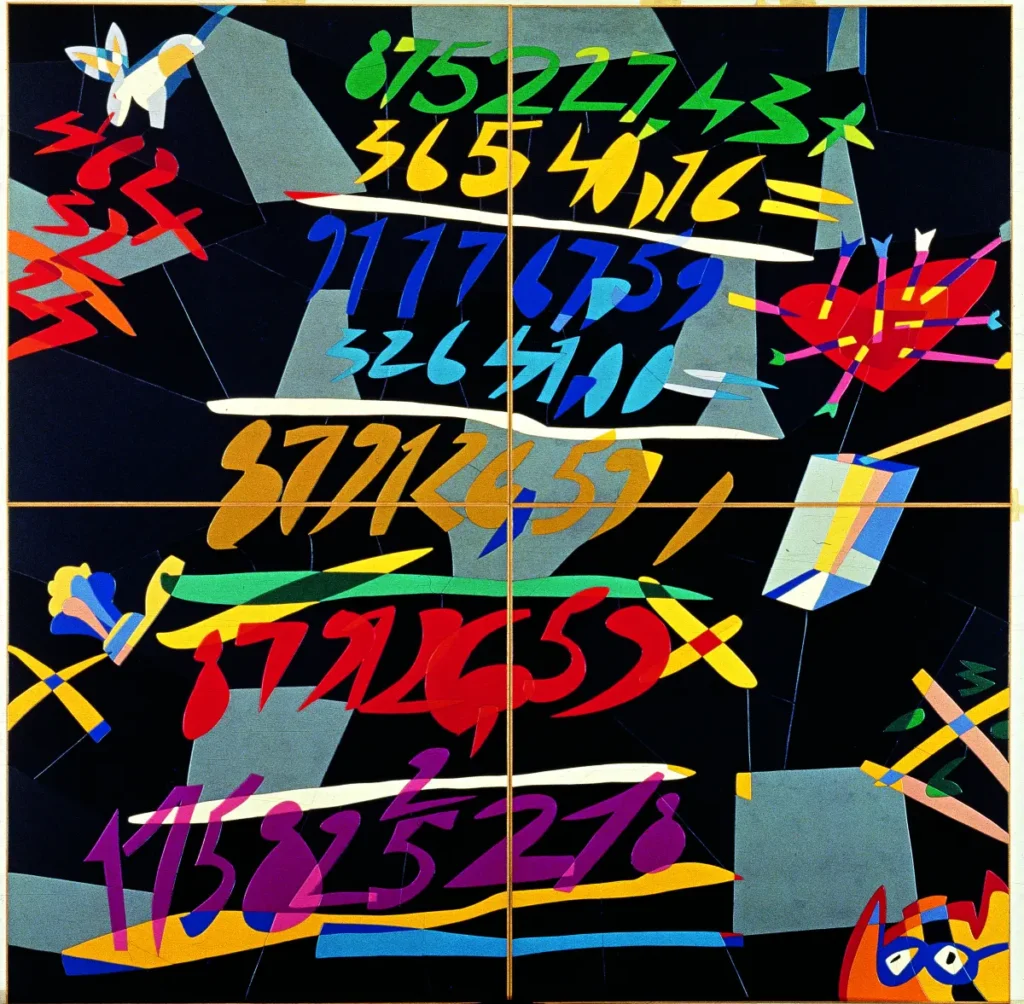
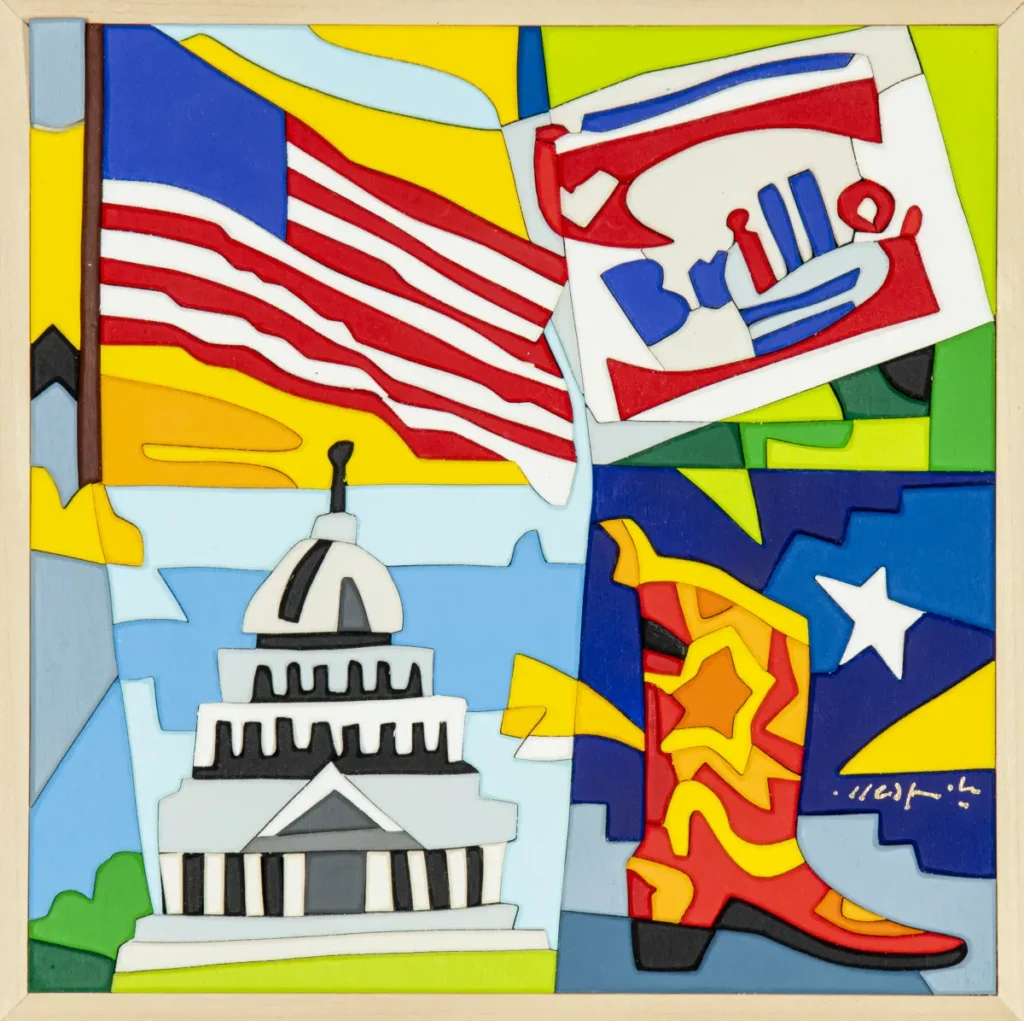
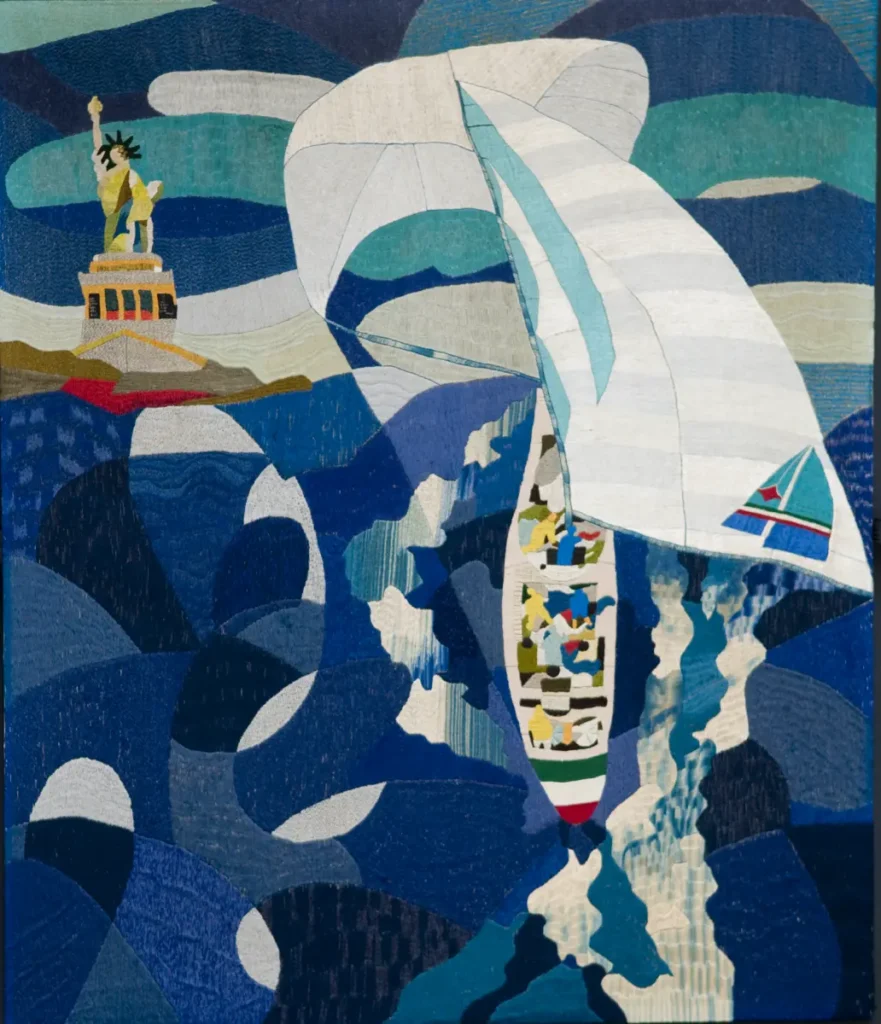
[Fabiana Maiorano]: Your career is full of paintings, but you have a production that starts in the 60s with the Turin avant-gardes and also includes cinema, theater, advertising, for some years she has been awarded an honorary degree in philosophy; in short, it is as if she had never placed limits on her research paths. What drives you to study and develop new artistic expressions every time?
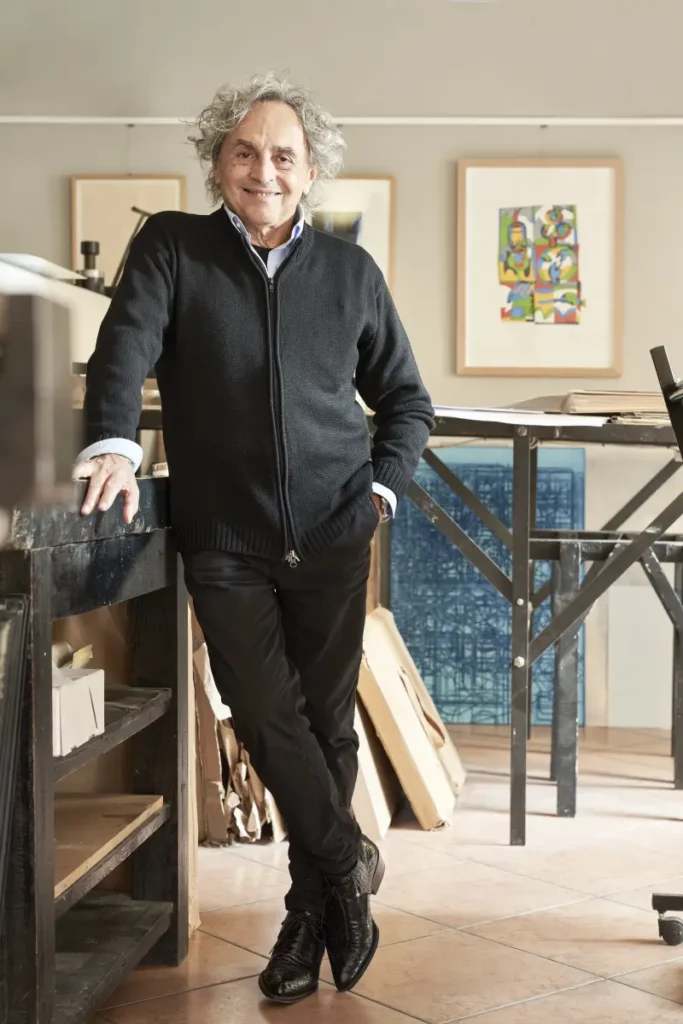
[Ugo Nespolo]: The truth is that I have never liked the artist who produces an image and then repeats it throughout his life, with his variations.
I appreciate more the eclectic artist, who deals with various disciplines and approaches different techniques.
If you think about it, in fact the history of art has been made by artists who have worked on works based on theories and studies on literature, philosophy, thought, and I immediately set my way of working in these terms, broadening my horizons to different disciplines, to multiple objects and to broader themes.
A path dotted with multiple disciplines that certainly consecrate him among the greatest exponents of the contemporary world. Is there a moment in his career that he considers fundamental?
It is difficult to say, I have a fairly long career and I am perhaps the Italian artist who has made more exhibitions in foreign museums, I have traveled the world with my art. I’ve exhibited in New York, Latin America, I’ve been to Russia, China, Brazil, Argentina and of course around Europe. There is so much and therefore choosing a moment is really difficult, they are all important experiences and each with its characteristics, its activities, its why, its thoughts.
His career spans a very important period of time, both for history and for the history of art. How has art changed in recent years? And how did yours in particular evolve?
Art has been moving with society since time immemorial. It is always in motion with variations, changes which, especially in the 1900s, act as a stimulus for search for the New and this investigation involves the modification of what was already there. My recent essay “Not to die of art” he deals extensively with this discourse of creative research.
I was saying, therefore, that these variations over time have created different moments, especially in the last century, and in this “New” art has taken a totally different direction than how the artists worked in their ateliers and in the workshop of the master from they learned the trade. The avant-gardes have taught us that that “craft” no longer exists, that you can work even without manual skills because art has become conceptual, it has become something even non-physical.
My job over time has always been to reason and always deal with what German philosophy calls the Zeitgeist, the spirit of the timewhich has characterized the work of many artists (I think of Picasso) who have always slightly varied their attitudes, closer to the culture that the moment said.
I never liked the artist who remains firm on his idea and that’s it.
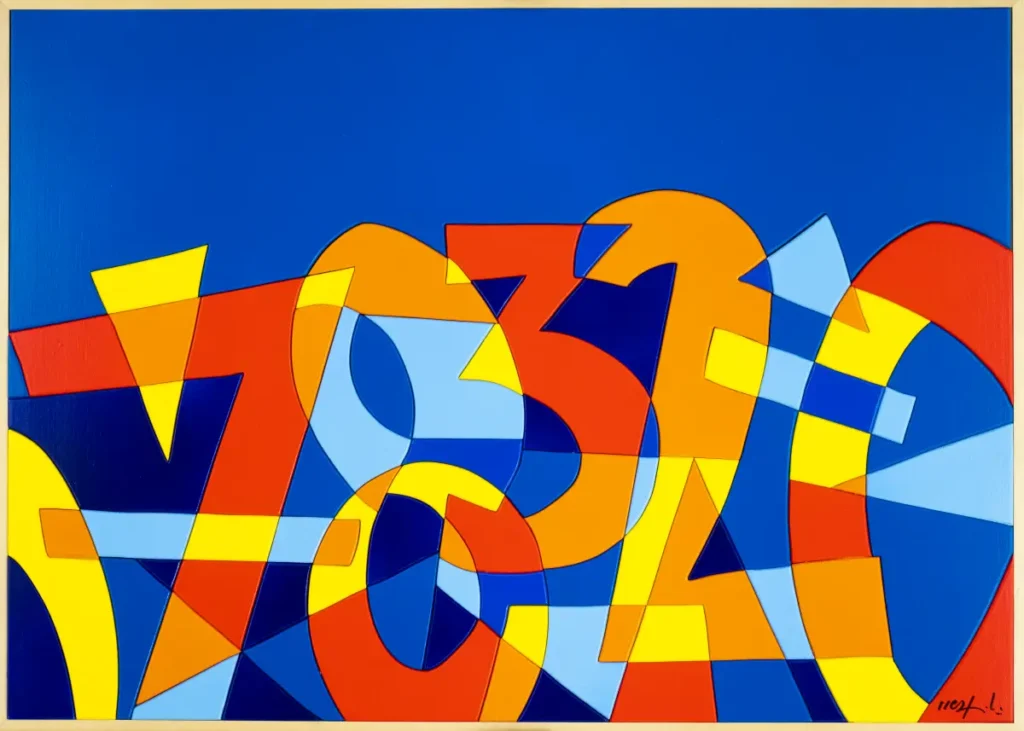
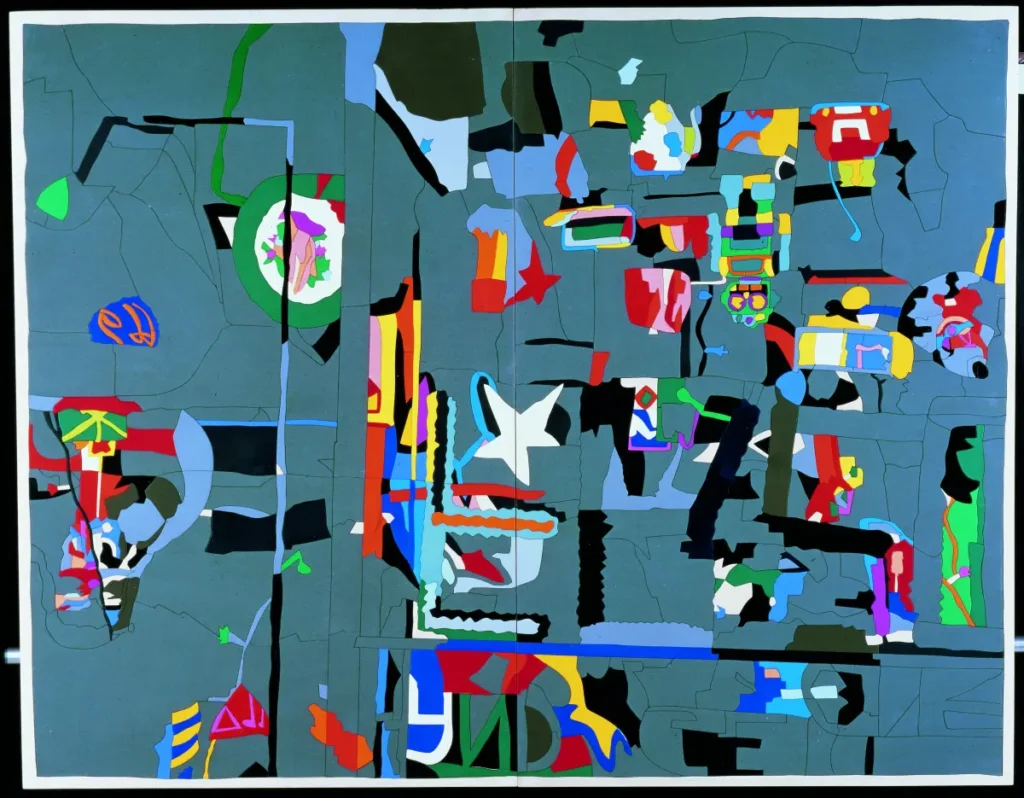
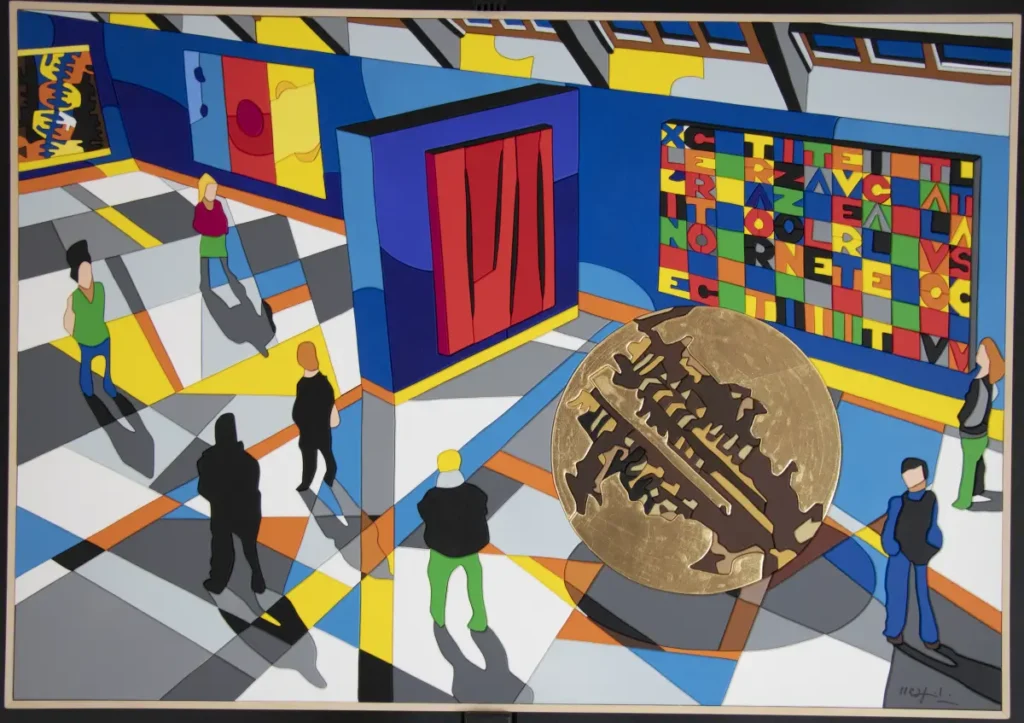
His art also reaches the street with public works of art …
Certainly. I remember “Work work work I prefer the sound of the sea” on the seafront of San Benedetto del Tronto. As you can guess, it is a criticism of the negative aspects of the work. It is among my most important and significant interventions and still others I am preparing. In spite of myself, I must confess that in Italy there is not much custom of public art, it cannot be easily traced.
He also worked for television …
Exactly. I have worked on several projects for RAI that I have been collaborating with for years, for example I made the series of cartoons for children “Yo Yo”, or the theme song “Back all!” Comes to mind. by Renzo Arbore …
He therefore sees that the idea I was talking about at the beginning of the artist who ranges with languages and disciplines always returns in my speeches and in my facts. The stationary, static artist who is satisfied, I don’t like him.
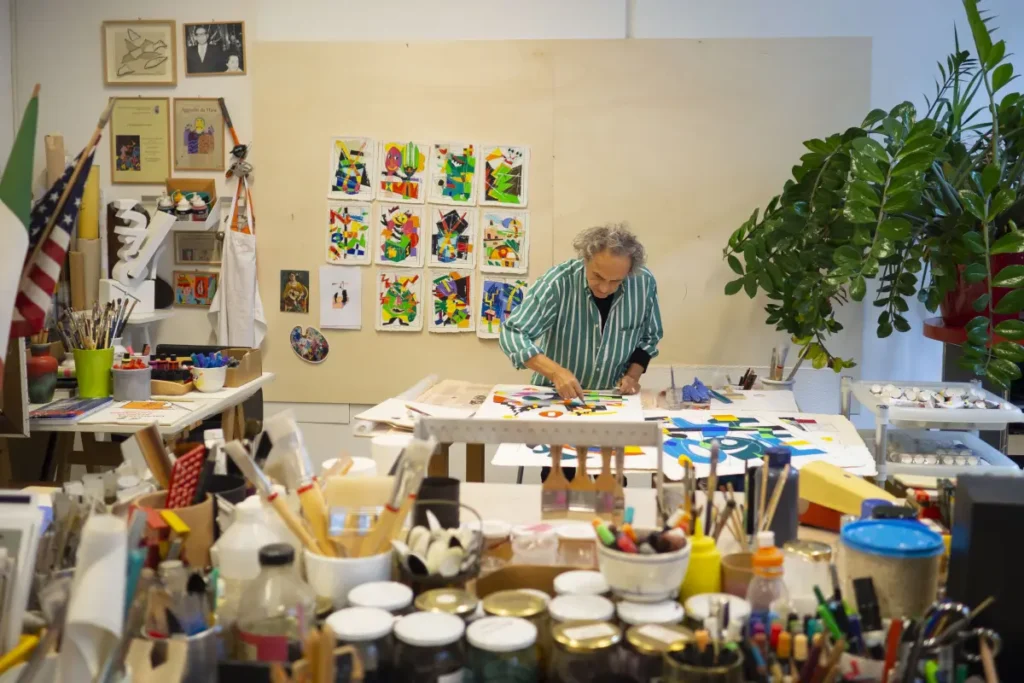
In the 60s there was a bit of the boom of artistic movements, but you have always remained faithful to your eclectic and malleable language. She is also an important witness to the birth of the so-called “art system” and in a panorama where “everything is art” except art itself, she manages to emerge for her versatility. Today we hear so much “the art of pizza”, “the art of gardening”, “the art of cutting and sewing”, and so on; everything wants to be art and everyone is an artist, but personally I am of the idea that an artist is to be considered as such only if he raises questions of technique and thought, driven by a constant search for himself and for others. In this cauldron of “I can do it too”, what do you think defines a work of art? Consider this question as a kind of generational exchange, since I am the daughter of a new way of conceiving the work of art.
It has all the reasons in the world. In fact, let’s say that we blamed this a little on a movement that had to do with culture and philosophy. After modernity, the idea of believing that the world follows history, that technology is good, that science is a guide, etc., has come a phase that still lasts – a tail of that phase now – which is that of the so-called post modernity, which eliminated all beliefs and certainties, making sure that even in the world of art we had arrived at “everything is fine”. This being satisfied with anything was then actually put into practice if we think of the great exhibitions, the biennials, in Kassel, where there was nothing concrete about art. Art has become the heritage of nothing. Everything is equal to nothing. If all goes well then nothing is fine too. If everyone is an artist then either no one is an artist or really everyone is. We have lived this idea and we are still living it, but with new variations that see art as a beautiful decoration of the social. Let us then reflect on the art market, where the rule of “what costs is worth” applies, it is enough to make it cost anything and say that it is a work of art; this is the absurd mechanism that the art system has put into practice very successfully, so you will see if you go to any contemporary exhibition, you will see everything, because someone paid for it. Whether it’s a faucet or a bale of hay, my dog’s collar or an empty bottle. Today we have an indistinct landscape.
Everything is said to have arisen from the ideas of Duchamp and his ready-mades, but it is a bit of a stretch and ugly, bogus. What we need to do now is to reflect and understand that, since there has never been and never will be a return to order in art, we need a moment of great rethinking, on an international level.
One could be inspired by the thought of the American historian James Elkins, who hypothesizes that art can find one new spirituality. Leaving aside the religious sense, it is a spirituality of art, endowed with a profound reason, a reason that makes us meditate on meaning. The choice is between soul or distraction. If we look for the soul then we look at the work and ask that that object, that thought (because we are also talking about art as literature, theater, philosophy …), have the function of deepening my desire to know, my sensitivity. If, on the other hand, we want distraction, then everything is fine. Everything is fast, immediate and tremendously marginal. For those who are satisfied, marginality is everything. In this case, the thought of the philosopher Jean Baudrillard, whom I knew very well, is even more valid when he said: “But why don’t we say that it’s all over then?”.
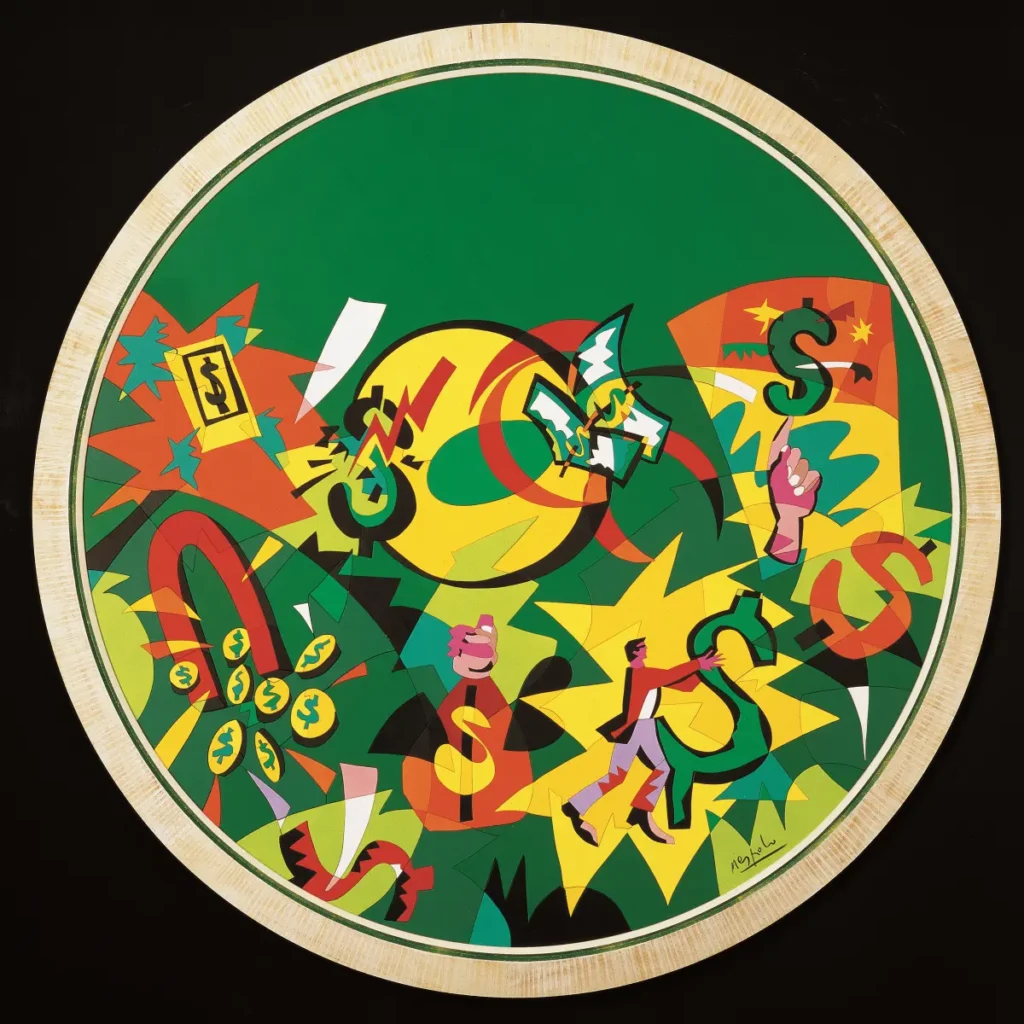
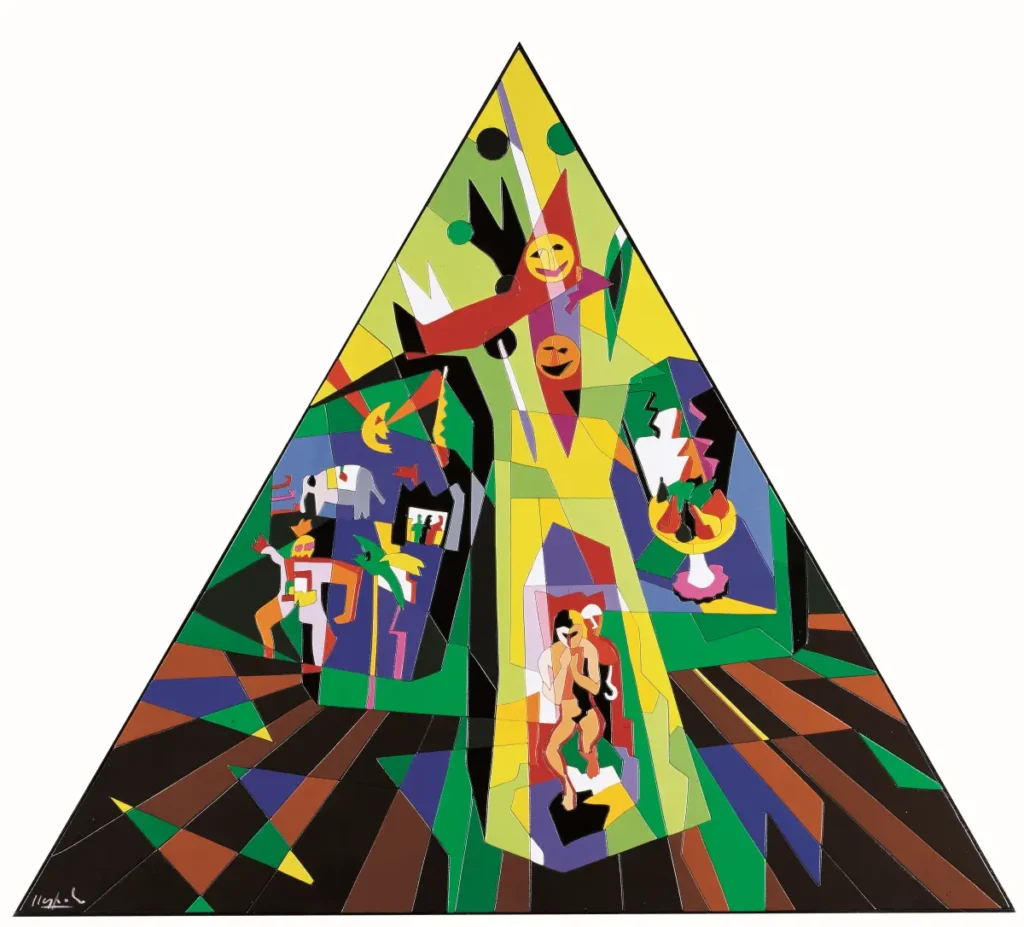
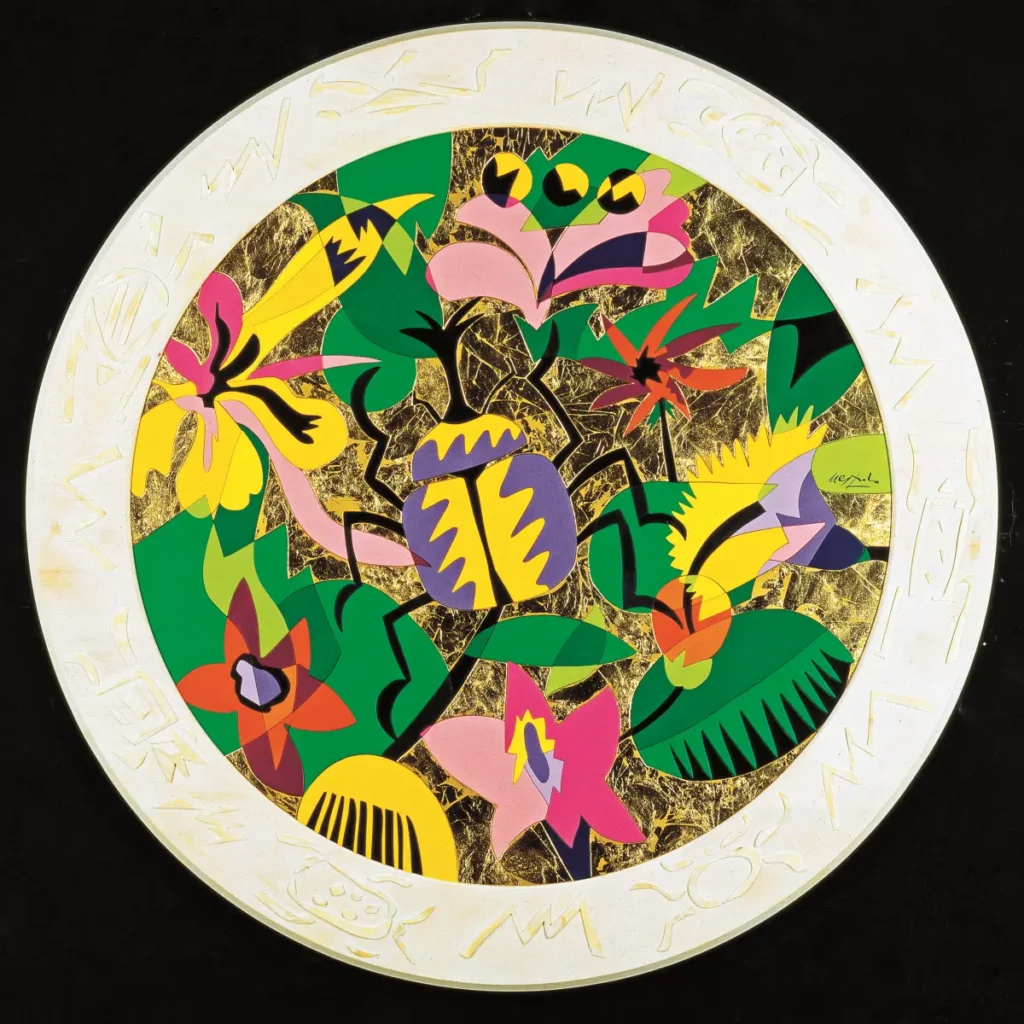
It is a very profound and correct thought, it deserves reflections that are not limited to this interview. I often reflect that, more than Duchamp’s work, Beuys’s phrase “everyone can be an artist” was misinterpreted, so that everyone felt entitled to be able to proclaim themselves an artist, of anything, even nothing. We know very well that Beuys was an invitation to engage creatively in every daily practice. It was a reminder to man to take responsibility for every act of him. How can we rethink art?
Art has great intellectual contents; what is important to do in my opinion is to rethink this, because if art is only an object of the hand then even my baker who makes wonderful loaves is a great artist, or the hairdresser who cuts my hair, he too is an artist? Let’s try to understand what it means to make art, what art is, what art is for, if it is needed, if it is not needed, if it will be needed again, if it is useless or if it is just an object of investment. If art is an investment then hams can be too. I buy a lot of hams and I’m not mistaken, do you understand?
Absolutely yes. I often speak of the “bananalization” of art because there seems to be a frantic search for originality at all costs, trivializing the thought by reducing it to a banana attached to the wall. I am obviously referring to Cattelan’s setback at Art Basel in Miami a few years ago …
… It was the best.
Yes, the best, or the worst.
I agree.
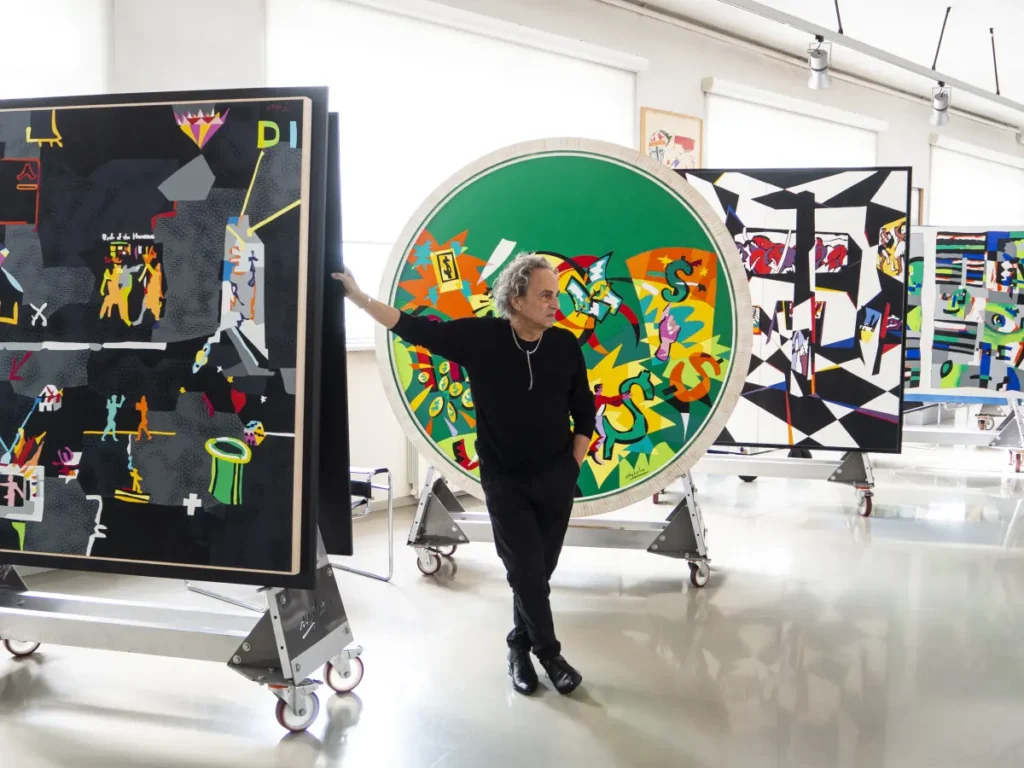
Featured image: Ugo Nespolo – Stories of today, 1990, acrylics on wood, 170 x 470 cm (part.)
The intellectual eclecticism of a multifaceted researcher. Interview with Ugo Nespolo – Arte.Go.it

